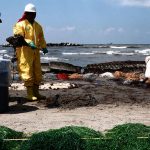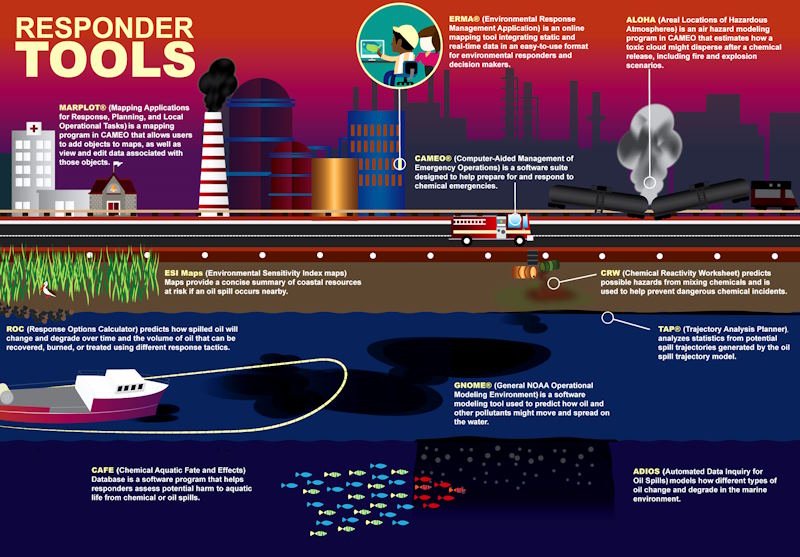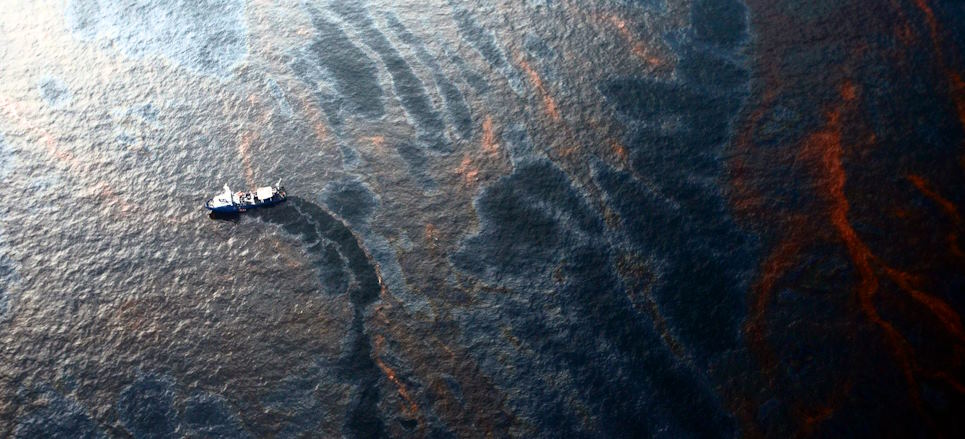
The Science Behind Oil Spill Cleanup Techniques
When an oil spill occurs, the urgency to clean up the mess and mitigate its environmental impact is paramount. This article explores the intricate science that underpins diverse oil spill cleanup methods, delving into the physicochemical processes and the emerging role of nanotechnology in this critical endeavor.
Understanding the Complexity of Oil Spill Cleanup
- Physicochemical Processes
Oil spill cleanup involves complex physicochemical interactions between oil, water, and the environment. These processes include adsorption, dispersion, emulsification, and biodegradation, all of which determine the effectiveness of cleanup methods.
- Sorption and Adsorption
Sorption refers to the overall process of oil molecules adhering to a surface. Adsorption specifically involves the attachment of oil molecules to solid surfaces like absorbent materials used in cleanup.

Diverse Oil Spill Cleanup Techniques
- Mechanical Methods
Booms and skimmers are commonly used to physically remove oil from the water’s surface. Mechanical methods rely on the differences in density and surface tension between oil and water.
- Chemical Dispersants
Chemical dispersants break down oil into smaller droplets, enhancing microbial biodegradation and reducing the oil’s impact on the surface ecosystem. The science behind dispersants involves the reduction of oil-water interfacial tension.
- Bioremediation
Microbial organisms play a crucial role in biodegrading oil contaminants. The science of bioremediation focuses on optimizing conditions for microbial growth and oil degradation.

The Role of Nanotechnology in Oil Spill Cleanup
- Nanoparticles and Nanosponges
Nanotechnology offers promising solutions for oil spill cleanup. Nanoparticles and nanosponges can absorb and trap oil molecules with remarkable efficiency, owing to their high surface area and affinity for hydrophobic substances.
- Nanomaterial-Based Membranes
Advanced nanomaterial-based membranes can selectively filter out oil from water, offering a sustainable and cost-effective cleanup approach. These membranes rely on the precise engineering of nanoscale structures.
Oil spill cleanup is a complex and scientifically driven process that requires a deep understanding of physicochemical interactions and innovative technologies to do so. By looking closely into the science behind cleanup methods, we gain insights into the effectiveness of various approaches and their potential environmental impact. Additionally, the emergence of nanotechnology in this field holds great promise for more efficient and eco-friendly cleanup techniques.
In our ongoing efforts to address oil spills and their consequences, the fusion of science, technology, and environmental stewardship is key. Advancements in cleanup methods guided by scientific principles bring us closer to minimizing the devastating effects of oil spills on our planet’s delicate ecosystems.